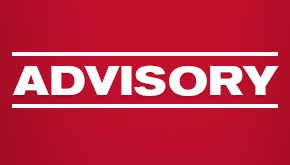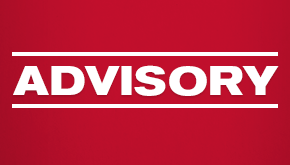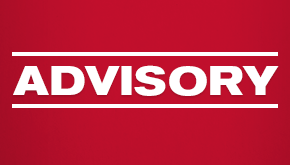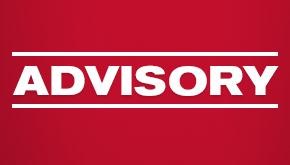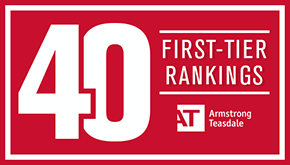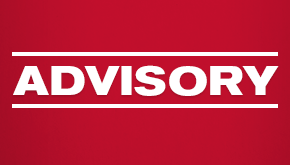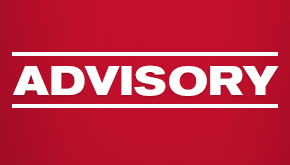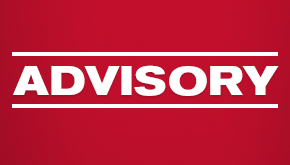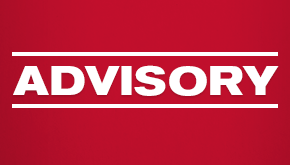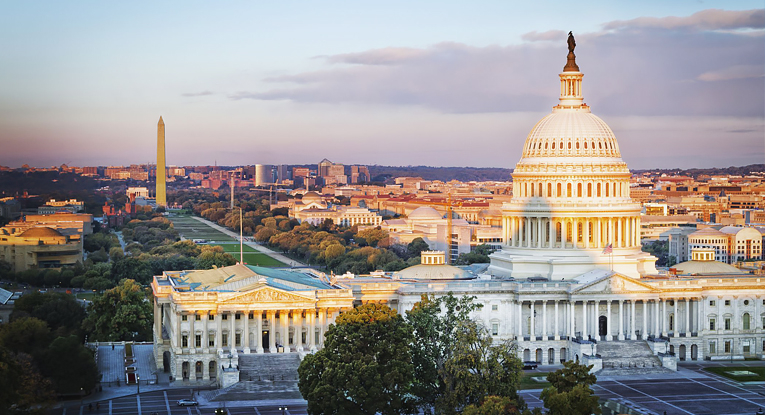OSHA Guidance for Employers in Relation to COVID-19
The federal Occupational Safety and Health Administration (OSHA) recently joined the list of state and federal agencies issuing guidance to employers regarding the emerging threats posed by the COVID-19 pandemic. The guidance is informational and does not create new legal obligations nor alter existing obligations.
OSHA reminds employers that the Occupational Safety and Health Act’s (OSH Act) “General Duty Clause” may apply to occupational exposure to COVID-19, so employers should take precautions recommended by public health officials to ensure the workplace is “free from recognized hazards that are causing or are likely to cause death or serious physical harm.” OSHA has clarified that COVID-19 may be a recordable illness if a worker in the workplace contracts the virus as a result of the performance of her/his duties. The guidance does not change the recordkeeping and reporting requirements applicable to other workplace injuries.
It is anticipated that employers will need to take extra precautions to limit transmission of COVID-19 from within the workplace, generally following cleaning, safe distance and disinfection procedures recommended by other health authorities. Outside of the health care field, that likely means increased cleaning and disinfection.
Employees who are required to work in close proximity to other employees or the public, or who are required to share equipment or work with machinery that is touched by other employees, may be justifiably concerned that they may be exposed to the virus in their workplaces. Employers are advised to evaluate their workplaces and make appropriate adjustments now if they have not already done so. OSHA issued an alert, which, though brief, touches upon key areas of focus and may serve as a checklist for employers making these determinations.
Under the OSH Act, employees can file anonymous complaints against their employers regarding workplace hazards. It is possible that within the coming weeks, employees will begin filing complaints expressing concern with their possible exposure to COVID-19 in the workplace. If, in advance, the employer has meaningfully assessed the workplace and implemented a plan to minimize the risk of the virus being spread, OSHA will likely deem that an effective response.
Regarding cleaning of facilities and equipment, employers must remain mindful of the need to protect workers from exposure to hazardous chemicals used for cleaning and disinfection. If sanitizers and sterilizers with hazardous chemicals are used and employees are exposed, employers must comply with OSHA’s Hazard Communication, Personal Protective Equipment and potentially other applicable chemical standards.
And now a word about N95 respirators, often referred to in the workplace as dust masks, of which there are many varieties. Before COVID-19, many employers allowed employees to use an N95 respirator any time they desired, for the employee’s own comfort. Under 29 CFR § 1910.134, the voluntary use of dust masks has never required fit-testing or medical evaluation. If the employer makes the use of dust masks mandatory, which many employers are now doing in light of the virus, fit-testing, medical evaluation and all other components of a respiratory protection program must be followed.
OSHA Publication 3989 referenced above, relaxes some of the requirements regarding the use of N95 respirators. In the health care field, respiratory protection is required for all personnel providing direct care to COVID-19 patients. With a reported shortage, respirators of equal or higher protection, such as N99 or N100, may be used. OSHA has announced that health care employers may use alternative respirator fit testing (from a destructive method), and rely instead on nondestructive, quantitative test methodologies.
It is strongly advised that employers consider whether their policies make the use of N95 or other respirators voluntary or mandatory, clarify their policies if needed, and follow their policies accordingly. It is also advised that employers use this opportunity to explain to their employees whether the use is voluntary or mandatory, and that employers not sidestep regulatory requirements by stating that use is voluntary when it is not.
The legal landscape associated with the COVID-19 pandemic is evolving almost as quickly as the pandemic itself. Armstrong Teasdale’s attorneys will continue to monitor and provide updates regarding these developments. If you have a question or require guidance on these or other points, please do not hesitate to contact us.



